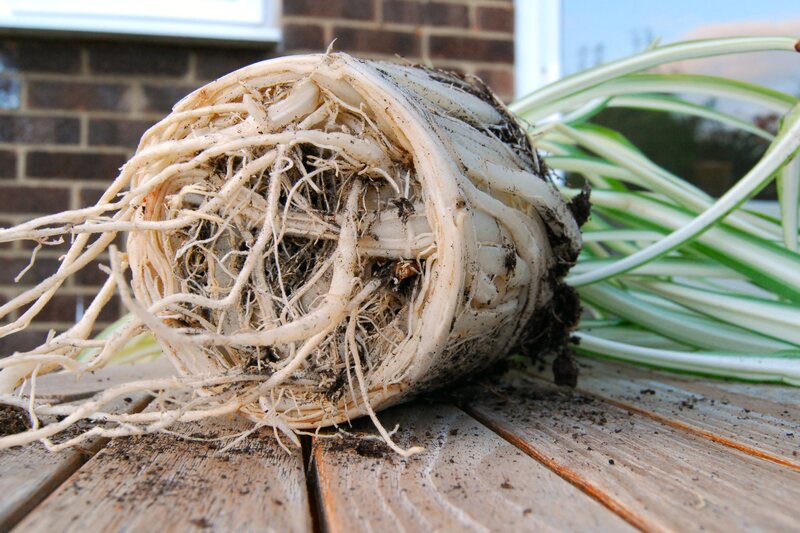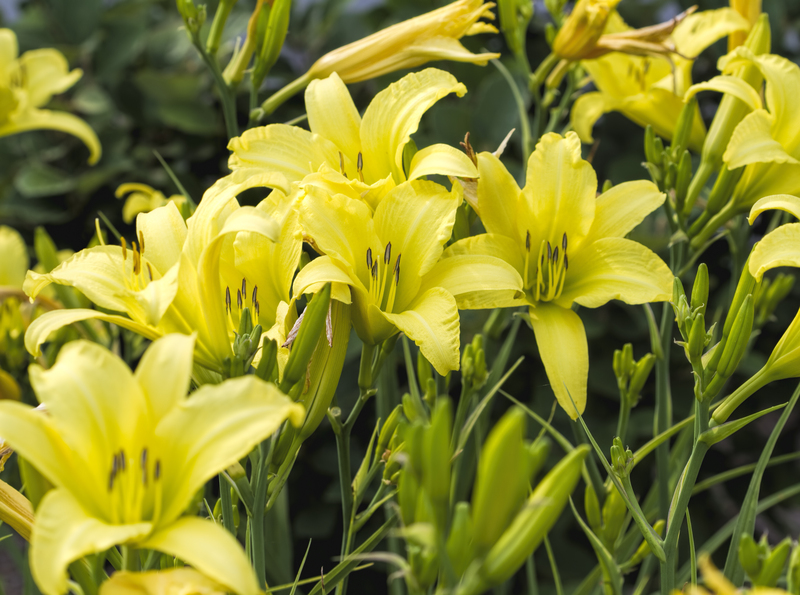Opt for Mulching Over Raking
Posted on 14/01/2025
Understanding Mulching
Mulching involves using a lawnmower or specialized mulching equipment to chop leaves into small pieces and leave them on the ground. These small leaf fragments decompose quickly, returning valuable nutrients to the soil. Mulching can involve various organic materials such as grass clippings, wood chips, and, of course, fallen leaves. The primary goal is to improve soil health and enhance the appearance of your garden beds and lawns.

The Environmental Benefits of Mulching Over Raking
Opting for mulching instead of raking has significant environmental advantages:
- Reduced Waste: Raking leaves often leads to bagging and disposing of them, contributing to landfill accumulation. Mulching minimizes this waste.
- Reduced Emissions: Frequent trips to the waste disposal site and the energy-intensive process of leaf collection contribute to carbon emissions. Mulching helps cut down these emissions.
- Less Chemical Use: The decomposed organic material enriches the soil, potentially reducing the need for synthetic fertilizers and chemicals.
The Nutritional Benefits for Your Lawn
When leaves decompose, they release vital nutrients such as nitrogen, phosphorus, and potassium back into the soil. Here's why this is advantageous for your lawn:
- Improved Soil Structure: Organic matter enhances soil texture, making it more moisture-retentive and aerated.
- Enhanced Root Development: The nutrients released from decomposed leaves encourage more robust root systems, leading to healthier plants.
- Natural Weed Control: A thick layer of mulched leaves can act as a natural weed suppressant, reducing the need for chemical herbicides.
Financial Savings
Mulching can also be financially beneficial. By reusing organic material, you're cutting down on the need to purchase fertilizers and other soil amendments. Additionally, reducing waste disposal costs and conserving water--thanks to improved soil moisture retention--can result in significant savings.
Low Maintenance
Choosing mulching over raking translates to less physical labor. The effort required to rake leaves into piles, bag them, and then dispose of them can be considerable. In contrast, mulching can be effortlessly incorporated into your regular lawn mowing routine, making yard maintenance more manageable.
How To Mulch Your Leaves
Transforming your yard maintenance routine from raking to mulching is simpler than you might think. Here's a step-by-step guide:
- Use the Right Equipment: Most modern lawn mowers come equipped with mulching blades. These blades are designed to chop leaves and grass into smaller pieces. If your mower doesn't have this feature, mulching kits are widely available and affordable.
- Proper Lawn Height: Before you begin mulching, ensure your grass is at the right height. Ideally, grass should be no taller than 3 inches.
- Dry Leaves: Mulching works best with dry leaves. Wet leaves are more likely to clump together and can smother your lawn.Multiple Passes: Depending on the leaf volume, you may need to make several passes with your mower to ensure leaves are thoroughly chopped.
- Check For Buildup: Verify that the leaf fragments are adequately broken down. Large clumps left on the lawn can hinder grass growth.
Tips for Successful Mulching
Maximize the benefits of mulching with these additional tips:
- Regular Mulching: Don't wait for all the leaves to fall before mulching. Regularly chopping newly fallen leaves makes the process easier and more effective.Compost Excess Leaves: If your yard has an excessive amount of leaves, you can collect some for composting. This gives your soil a nutrient boost when used in garden beds and around trees.
- Balance Your Soil: Add a thin layer of compost or balanced fertilizer in addition to mulched leaves to maintain soil fertility.
- Monitor Lawn Health: Periodically check your lawn for signs of stress or disease. While mulching offers numerous benefits, monitoring soil pH and nutrient levels is crucial for long-term yard health.

Comparing Raking to Mulching: Case Studies
To further illustrate the advantages of mulching over raking, let's look at some practical scenarios:
Case Study 1: The Typical Suburban Lawn
In a suburban setting, the average homeowner might spend several weekends raking, bagging, and disposing of leaves. By switching to mulching, these homeowners can save time, reduce waste, and improve lawn health without the need for additional fertilizers.
Case Study 2: Urban Gardens
Urban gardens often deal with limited space and challenging soil conditions. Mulching can help retain moisture, reduce soil compaction, and enhance soil structure, making it easier to manage plants in confined spaces.
Case Study 3: Rural Estates
For properties with vast landscapes, the labor and costs associated with raking are substantial. Mulching reduces waste and labor costs and promotes a healthier, more sustainable ecosystem.
Conclusion
Opting for mulching over raking offers a sustainable, economical, and effective solution for managing fallen leaves. By enhancing soil health, reducing waste, and saving time, mulching proves to be a superior method for lawn care. Transitioning to mulching may require a slight adjustment in your routine, but the long-term benefits for your yard, wallet, and the planet make it a worthwhile endeavor.



